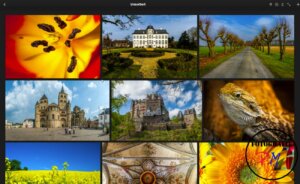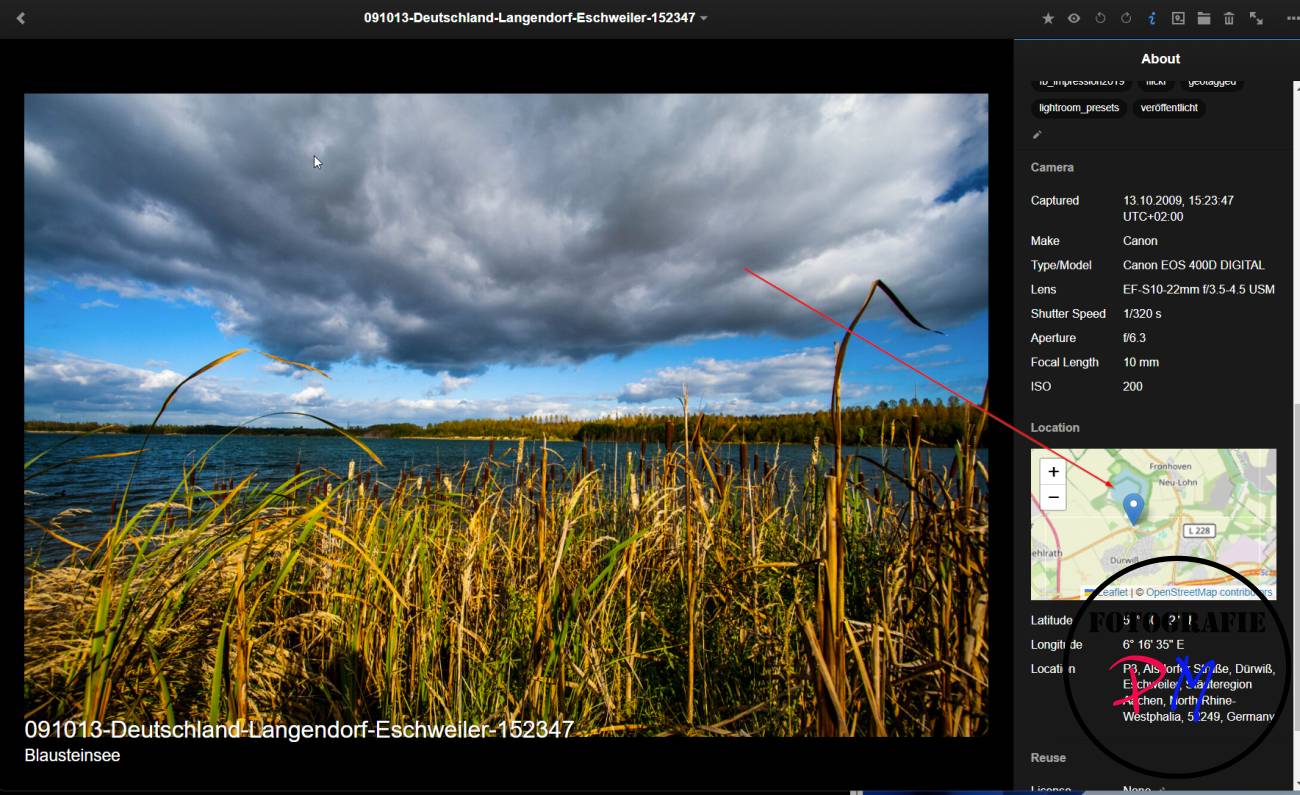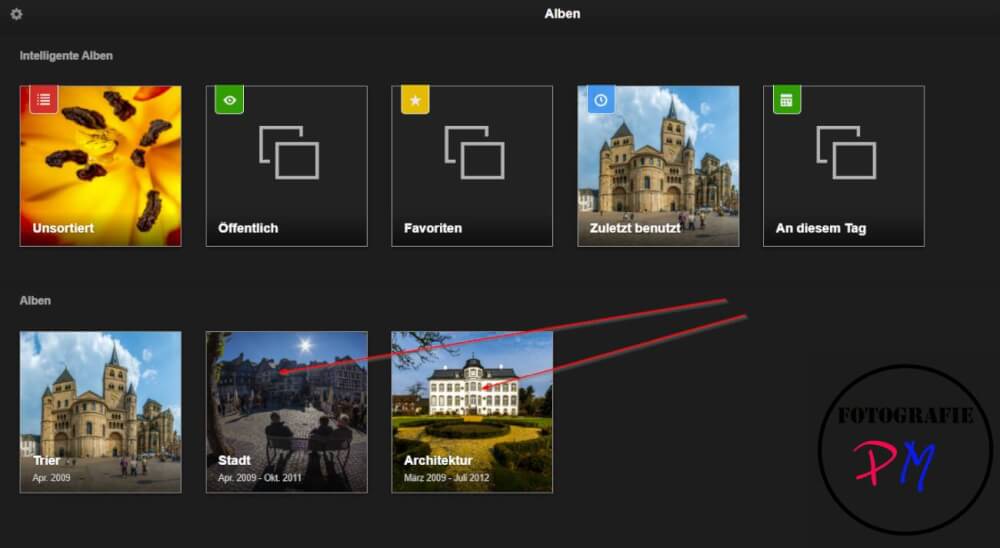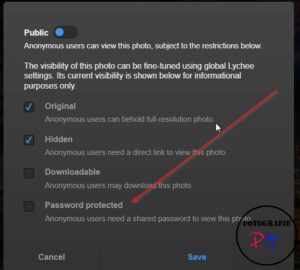Lycheee a web based photomanagement software
There are many opportunities to present your photos, as I do on my website. But sometimes you want something simpler and more specialized in the field of photography.
Introduction

There are many options to present your pictures on a website. Today I want to talk about a simple option for presenting images online, and that doesn’t necessarily mean accessible via the Internet.
Lychee is one such representative, an open source application that enables web-based management and presentation of images (and videos). As a web application, Lychee can now be used with all standard browsers, Google, Chrome, Firefox, Brave etc.
Prerequisites
To install and run Lychee, you of course need a web server, such as Apache or NGinx, PHP and a database. The usual suspects can be used as a database, e.g. MariaDB but also PostgresQL or even SQLite
Some PHP modules are also required, as Lychee can display complete EXIF data, for example. A complete list can be found here. You can install Lychee in an existing environment with e.g. Apache, PHP and MariaDB. I decided to install it via Docker. This has the advantage that you only have to touch the docker compose file to try it out, for example.
First call
Lychee creates several default albums after installation and you can start uploading images after accessing the website.
The usual image formats are processed, such as JPEG or PNG, but video formats such as .mov or .mp4 are also possible. In the case of videos, you may have to adjust the maximum size for an upload.
View
In addition to the overview, you can of course also view in image browser or even full screen.
The i option (keyboard shortcut !!!!) also displays the Exif data. In addition to the shooting data, i.e. camera, lens, etc., existing keywords are also taken into account. If the image is provided with GPS tags, a smaller map with the shooting location is also displayed.
Albums
You can of course organize your pictures in several albums
So you can set up the classic organization in albums, and e.g. have an album “Vacation 2023”, take the landscape photo from the vacation in “Landscapes” and also put it in the album e.g. “Spain”.
Access control and users
Some settings, such as the language or the default license to be used for each photo, can only be set by an admin. On the other hand, you can define per album and even per photo whether the photo is also displayed to users who are not logged in, or whether a password is required for this.
This allows very granular control of who has which rights. You can also download complete albums or even individual photos depending on the rights granted and you can share photos. However, these are more settings that you have to deal with.
This should not be necessary in the local network if you make your pictures accessible to all family members.
Conclusion
Lychee is a simple web application as photo management software, but it still has the necessary functions. It is also easy to install, e.g. with Docker or on a Linux server, and requires few resources.
And you have an option to present your pictures at home on your smart TV, for example, as these usually have a web browser as an app. However, anyone who makes such software publicly accessible on the Internet must deal with certificates and the security of such an installation.
ciao tuxoche







